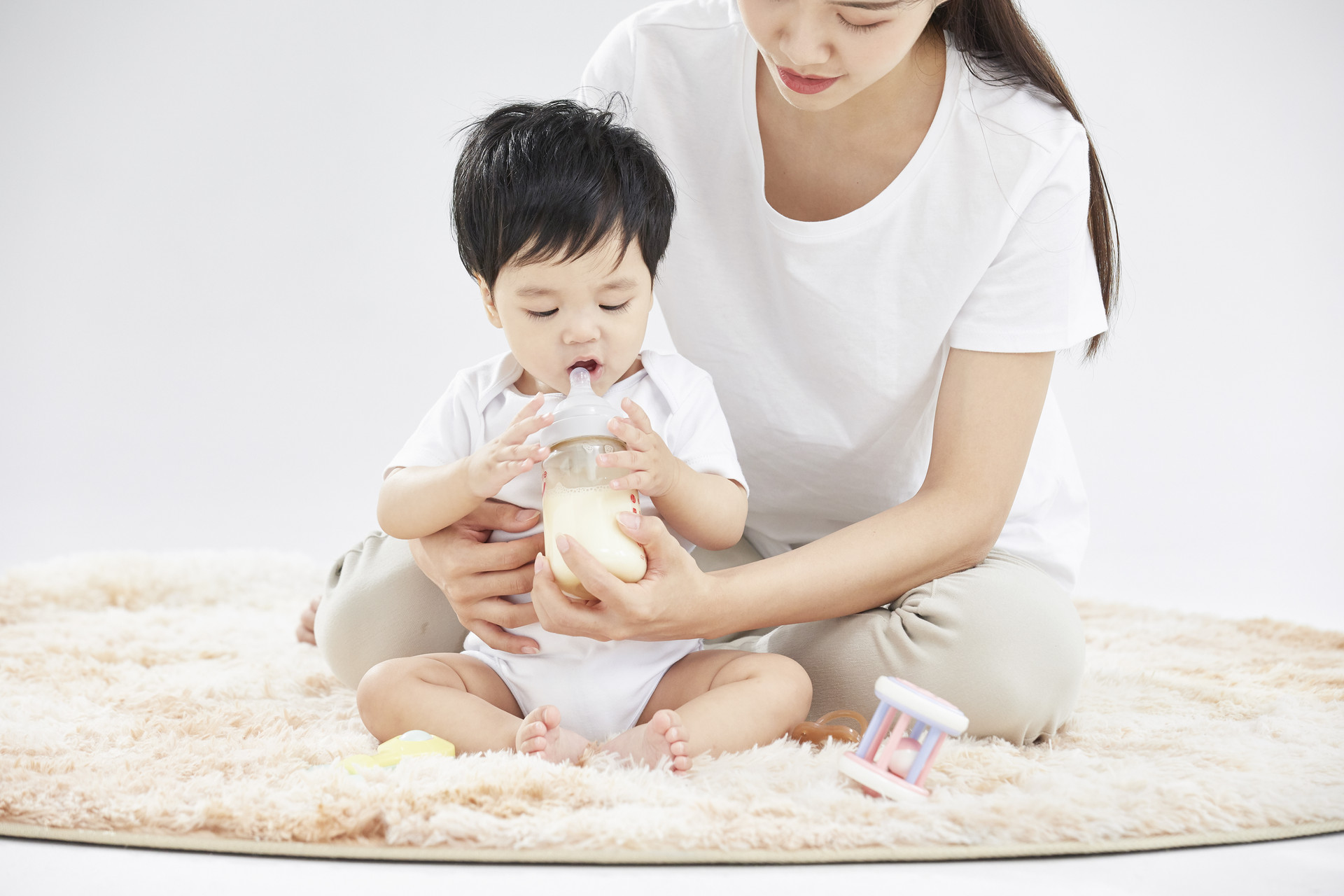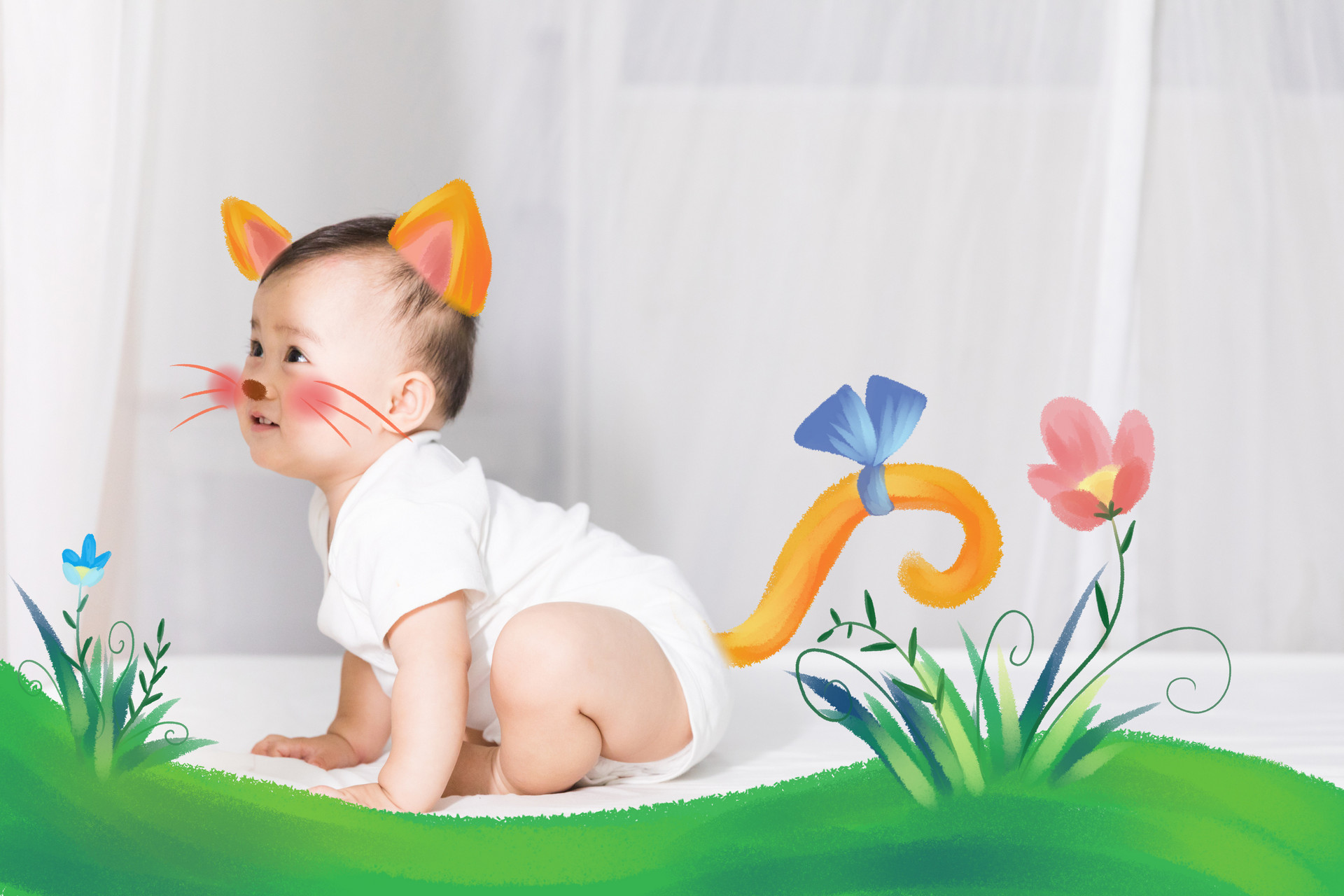Everyone knows about anemia, but do you know the classifications of anemia? Today, let's take a look at one type of anemia in children called iron deficiency anemia. Iron deficiency anemia is a common disease in children, mainly occurring in infants aged 6 months to 3 years. It is characterized by small cells, low color intensity, decreased serum iron and transferrin saturation, and good response to iron treatment. Iron deficiency anemia is still a common nutritional deficiency that threatens the health of children. According to a survey of 8,435 children aged 29 days to 7 years in 16 provinces and cities in 1981, the prevalence of nutritional anemia with hemoglobin levels below 110g/L was as high as 36.31%. Among 9,027 children aged 6 months to 6 years, the prevalence rate was 43.03%. Therefore, this is a problem that urgently needs to be addressed in child health care. So, do you know the causes of iron deficiency anemia in babies? What should babies with iron deficiency anemia eat? What are the dietary taboos for babies with iron deficiency anemia? What are some dietary remedies for babies with iron deficiency anemia?
Causes of Iron Deficiency Anemia in Babies
1. Insufficient iron reserves at birth: Over 75% of the total iron in a newborn's body is in hemoglobin. Therefore, the iron content in a newborn's body mainly depends on blood volume and hemoglobin concentration, which is directly proportional to body weight. For example, a newborn weighing 3.3kg has more than double the total iron content of a premature baby weighing 1.5kg. Therefore, the lower the birth weight, the less total iron in the body, and the higher the risk of anemia. In addition, situations such as fetal blood transfusion to the mother through the placenta, one twin transfusing blood to the other twin, and placental blood vessel rupture during delivery can affect the iron content in a newborn's body and cause iron deficiency anemia.
2. Dietary iron deficiency: Infants primarily consume milk-based foods, which have very low iron content. The iron content in breast milk is influenced by the mother's diet and generally contains 1.5mg/L of iron. The iron content in cow's milk is lower than human milk, and goat's milk has even less iron. The absorption rate of iron in human milk is higher than that in cow's milk. If a baby is adequately breastfed after 6 months of age, their hemoglobin and iron stores can be maintained within the normal range. If breastfeeding is not possible, fortified formula milk should be given along with timely introduction of complementary foods to prevent anemia.
3. Rapid growth rate: Children grow and develop rapidly, resulting in a rapid increase in blood volume. A normal baby's weight doubles by 5 months and triples by 1 year. Premature babies grow even faster and can increase their weight sixfold by 1 year. Therefore, premature babies have a much higher iron requirement than full-term babies. If an adequate amount of iron is not supplied timely, anemia is likely to occur. In other words, insufficient supply is the cause of iron deficiency anemia.
4. Chronic low-level bleeding: Common causes of chronic bleeding include gastrointestinal malformations, diaphragmatic hernia, polyps, hookworm disease, nosebleeds, and excessive menstrual bleeding in teenage girls. In summary, chronic low-level bleeding is also one of the causes of iron deficiency anemia.
What Should Babies with Iron Deficiency Anemia Eat?
1. Spleen weakness and qi deficiency type: Symptoms include pale complexion, pale lips and tongue, fatigue, weakness, poor appetite, loose stools, and weak pulse. Common herbal medicines used include processed astragalus, codonopsis, angelica, fried white atractylodes, poria cocos, and tangerine peel.
2. Heart-blood deficiency type: Symptoms include pale complexion, fatigue, weakness, dry skin, shortness of breath, disturbed sleep, pale tongue, and thin pulse. Common herbal medicines used include angelica, cooked Rehmannia root, chuanxiong, white peony, codonopsis, salvia, sour jujube seed, and longan flesh.
3. Qi and blood deficiency type: Symptoms include a combination of the above two types. Common herbal medicines used include astragalus, codonopsis, white atractylodes, poria cocos, angelica, cooked rehmannia root, chuanxiong, chicken blood vine, gelatin, tangerine peel, and processed licorice.
4. Liver and kidney deficiency type: This type is often seen in cases of long-term anemia, which affects the growth and development of the child. Symptoms include dull expression, low intelligence, tremors in the extremities, dizziness, dry eyes, pale tongue, and wiry pulse. Common herbal medicines used include tortoise shell, white peony, gelatin, processed polygonum multiflorum, cooked Rehmannia root, angelica, hairyvein agrimonia, wolfberry seeds, and powdered purple perilla (taken orally).
Dietary therapy is an important component of comprehensive treatment for iron deficiency anemia. For mild cases, dietary therapy alone is sufficient, while for severe cases, dietary therapy can accelerate recovery and reduce the side effects of medication. Moreover, most of the selected foods are delicious and easy to consume, making them readily accepted by children.
Common foods with high iron content include animal liver, pork heart, pork stomach, lean meat, black beans, spinach, rapeseed, celery, apricots, peaches, plums, raisins, dates, oranges, grapefruits, and figs. Among them, oranges, pomelos, sour jujubes, kiwis, tomatoes, and red dates contain abundant vitamin C, which promotes iron absorption, so they should be consumed regularly.
Dietary Taboos for Babies with Iron Deficiency Anemia
1. Prevention: You can take ferrous sulfate or ferrous gluconate supplements along with vitamin C, which promotes iron absorption. Consume more animal-based foods.
2. Foods that patients should eat more of: Various lean meats, animal liver, animal blood, and egg yolks. Green leafy vegetables, soybeans and soy products, black fungus and mushrooms, and sesame paste, among others.
3. Dietary considerations for iron supplementation: Avoid drinking tea while taking iron supplements because many components in tea can bind with iron and affect the efficacy of the medication. Do not take iron supplements on an empty stomach because they can irritate the gastric mucosa. It is recommended to take iron supplements after a meal. Additionally, do not take iron supplements with milk because milk contains a lot of phosphorus, which can affect iron absorption and reduce the effectiveness of the treatment.
Dietary Remedies for Babies with Iron Deficiency Anemia
1. 15g longan flesh, 3-5 red dates, 100g glutinous rice. Cook them together to make porridge and consume it while warm. This has the effect of nourishing the heart, strengthening the spleen, and promoting strength.
2. 100g brown glutinous rice, 50g coix seed, 15 red dates. Cook them together to make porridge. Add an appropriate amount of white sugar when eating. This has the effect of nourishing yin and replenishing blood.
3. 2 eggs, separate the yolks, boil water and add a little salt, then cook the yolks until done. Drink this mixture twice a day. This has the effect of supplementing iron and is suitable for iron deficiency anemia.
4. 2 pounds (1,000g) of fresh sheep bones, 200g glutinous rice. Clean the sheep bones, crush them, and boil them to make soup. Remove the residue and add glutinous rice to cook into porridge. Consume it warm. This has the effect of nourishing the kidneys and strengthening bones.
5. 60g processed polygonum multiflorum, 3-5 red dates, 100g glutinous rice. First, decoct the processed polygonum multiflorum to obtain a concentrated liquid, remove the residue, and then add red dates and glutinous rice to cook the porridge. When it is cooked, add an appropriate amount of brown sugar and simmer for a while. Consume it warm. When decocting polygonum multiflorum, avoid using iron utensils and use small pots or enamel pots instead. This has the effect of nourishing the liver, benefiting the kidneys, nourishing blood, and strengthening the body.
6. 150g pork liver, an appropriate amount of spinach. Clean the pork liver, cut it into slices, and mix it with starch, salt, soy sauce, and MSG. Stir-fry it with blanched spinach or boil 50g of pork liver slices in boiling water until almost cooked, then add spinach and bring to a boil. Add rice and eat the liver, spinach, and soup together. This has the effect of supplementing iron and is suitable for iron deficiency anemia.
For babies, iron deficiency anemia is very dangerous, so parents must pay close attention to it. Through the above description of the causes of iron deficiency anemia in babies, what babies with iron deficiency anemia should eat, dietary taboos for babies with iron deficiency anemia, and dietary remedies for babies with iron deficiency anemia, I hope you have gained some understanding. I hope this information is helpful to you.











